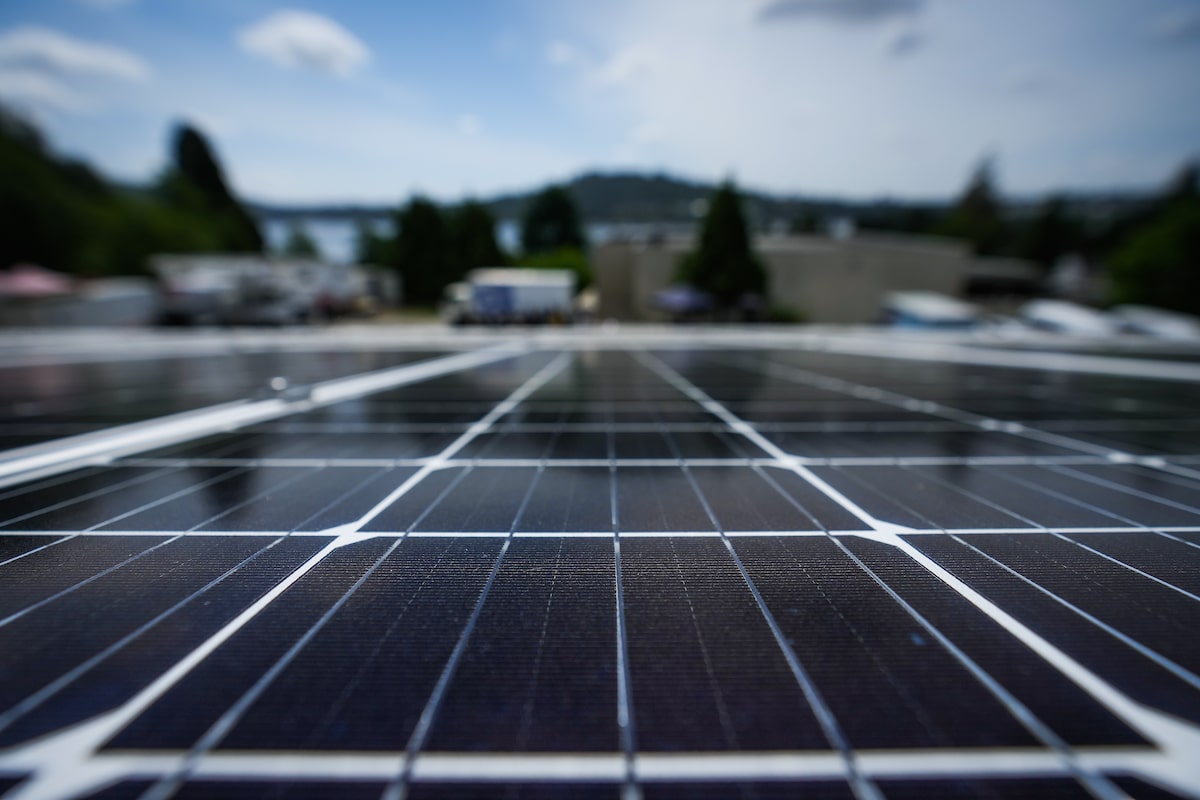At the peak of the midday sun in countries across the globe last week, solar power generated one-fifth of the world’s electricity.
The estimate, from Ember, a London-based energy think tank, is meant to highlight the surge of solar power in recent years – and its massive potential in the years ahead. For the full month of June, Ember estimates solar will produce 8.2 per cent of the world’s electrical power. That’s up sharply from 6.7 per cent in June, 2023, startling growth that is forecast to continue shooting higher.
Last year, for the first time, global investments in solar eclipsed oil, and this year the money going into clean energy is double that of fossil fuels. The cover of The Economist’s latest issue declares the “dawn of the solar age.” Ember research indicates that no source of electricity has ever surged to widespread adoption as fast as solar. The technology, Ember says, will “transform the power sector.”
The reasons are twofold: the fight against climate change, and the potential of abundant, affordable power to propel economic growth.
Canada, however, has only dabbled in solar. As of 2022, according to Statistics Canada, solar power generated 0.5 per cent of this country’s electricity. (Hydro led at 61 per cent; fossil fuels produced 19 per cent; nuclear was 13 per cent and wind was 6 per cent.) Ontario was out in front on solar, followed by Alberta.
There is a lot of untapped solar power. Canada has long benefited from its endowment of hydro and fossil-fuel resources, complemented by nuclear. The best hydro locations are developed. In nuclear, there’s a small revival. Wind is on the rise but solar has mostly been ignored. That needs to change. As provinces led by British Columbia and Quebec expand their power grids to electrify transportation and home heating, it is an economic mistake to not include solar – paired with increasingly cheap battery storage – into the mix of 21st-century electrical systems.
Change can happen rapidly, and solar can flourish in places with not that much sunshine and little available land. Look at the Netherlands, which until a decade ago was a major producer of methane gas and now has more per capita solar than any country other than Australia. Solar panels everywhere is the strategy, from the roofs of several million homes to churches and old landfills. Solar power produced 17 per cent of Dutch power in 2023, up from 1 per cent in 2015.
Half of the power in the Netherlands is renewable, up from about 20 per cent in the late 2010s. That is what energy security looks like. Europe was yoked to Russian methane gas. It’s moving away from fossil-fuel imports. The industrial powerhouse of Germany last year generated more than half of its electricity from renewables.
In Australia, a major fossil-fuel exporter, close to 40 per cent of power is renewable, about double that of five years ago, with a mix of rooftop solar, grid-scale solar and wind. It helped slash wholesale power prices.
Other countries’ success is an effective rebuttal to the can’t-do naysayers in Canada who claim an ideological fealty to fossil fuels and revel in stating the obvious: The sun doesn’t shine at night. No one proposes a 100-per-cent solar grid. What’s changing is the nature of how electrical power is produced and distributed, shifting away from all-in bets on hulking power plants to a decentralized, dynamic grid that more efficiently responds to demand and is less prey to capricious spikes in the price of fossil fuels.
Batteries are central to the further rise of renewables – and in Canada, Ontario is making big moves, a reversal of Premier Doug Ford’s early errors on clean power. Ontario in May said it will soon have about 3,000 megawatts of energy storage, more than 5 per cent of the provincial grid’s capacity.
The provinces are heading in the right direction, at varying speeds, but the ambition should be upped. There’s no reason Regina can’t be Canada’s solar capital. Early policy work and investments across governments are paying off and the new federal clean-technology investment credit, a boost for renewables and energy storage, became law this month.
Humans have forever depended on the sun as a fount of life. Transforming sunlight into electricity first happened in the 1950s but it was still too expensive a decade ago. Today, its potential to supply low-cost and plentiful energy could bolster economies – people’s lives – around the world for decades to come.
This post was originally published on 3rd party site mentioned in the title of this site





